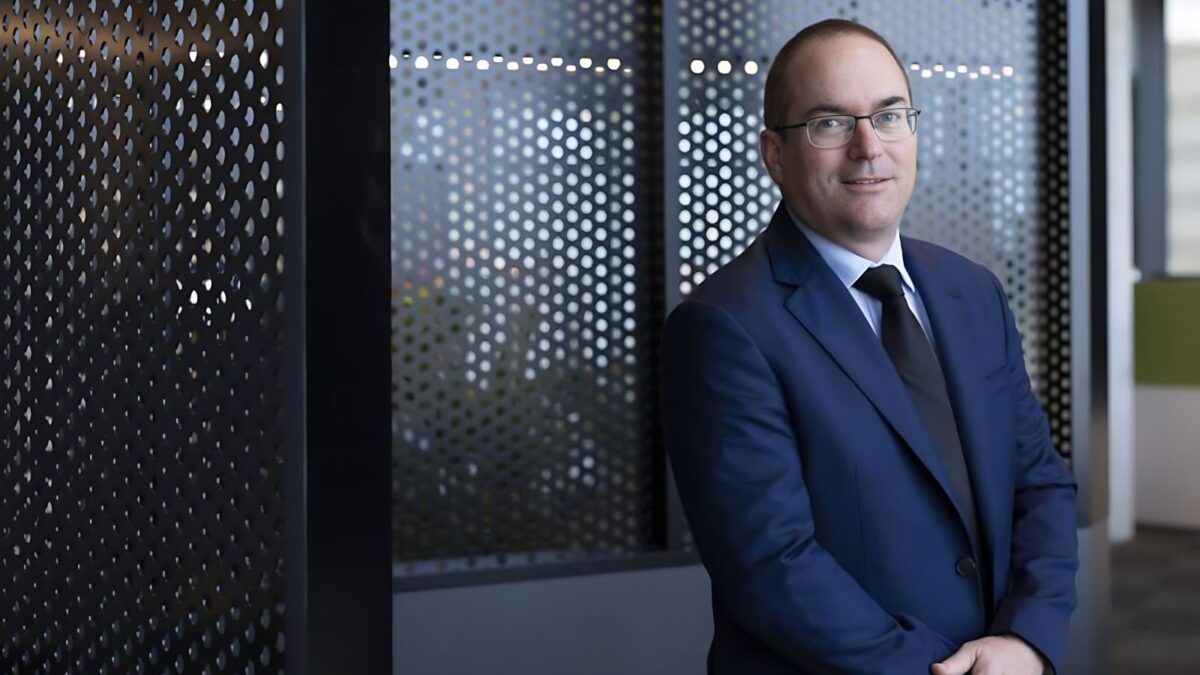‘A very polarising concept’: Why Mine Super reckons lifecycle is the real winner
Mine Super’s growth option has come first in Chant West’s ranking of super fund calendar year returns, and how it did that is not a great mystery to chief investment officer Seamus Collins. It’s consistently top of the pops, with a roughly 80 per cent allocation to growth assets – putting it at the very top of Chant West’s range, in a year when growth assets (particularly the developed market equities to which it has an entirely passive exposure) did extraordinarily well (again).
That asset allocation likely isn’t all that different to other products on the list, and Collins reckons that being picky in private markets drove the rest of the outcome. Where the product really differs from many of the others in the Chant West growth ranking is that it isn’t Mine’s default. That would be its lifecycle option, which puts members into high growth with a roughly 93/7 growth/defensive split until age 50, at which point it is gradually stepped down.
“Over 50 per cent of our FUM is currently in high growth,” Collins tells ISN. “It’s quite constraining, and possibly one of the reasons investment professionals like the balanced portfolio is because it gives portfolio construction a lot more leeway, whereas in high growth you’ve invariably hitched your wagon to a really substantial equity tilt.”
Which is (or should be) its strength. Proponents of lifecycle options – which all largely work as the Mine product does – note that not only do they limit the risk to which older members are exposed but ensure that younger members are exposed to enough risk, which is often a lot more than they get in a typical balanced or even ‘growth’ product.
“As funds got bigger and more capable, that shibboleth – that article of faith of the single default or you’re straying into retail fund land – I thought that was limiting.”
Seamus Collins
Younger members are “temporally diversified”, Collins says; there’s no need for them to own a whole lot of cash and bonds when they have almost 50 years to absorb market movements. But while newer entrants to the superannuation space like Vanguard have rolled out lifecycle options as their default, they still aren’t a mainstay offering of industry and profit-to-member funds.
“Lifecycles are a very polarising concept in the industry fund world,” Collins says. “One of the secrets of the industry fund movement’s success is a real commitment to not becoming too complex, keeping things operational at scale and at low cost, and I think that’s been a really terrific feature of it, one born out of necessity; they fundamentally didn’t have the legacy capabilities that came out of the big verticals, the banks and financial planning organisations. So they were built on what the member needed and what could be supported.”
But over time the industry has become attached to the idea of a one size fits all default option, and has “lost sight of the forest for the trees”.
“As funds got bigger and more capable, that shibboleth – that article of faith of the single default or you’re straying into retail fund land – I thought that was limiting,” Collins says. “I still think it’s really remarkable that funds will put 18-30 year olds into products with large chunks of fixed income and cash in the name of a diversified product. If somebody’s invested for 40 or 50 years, they’re temporally diversified. It’s an odd outcome to get to in the name of the principal of simplicity.”
Mine’s “merger of equals” with TWUSUPER will see the creation of Team Super and the number of lifecycle stages reduced to three from 15, a “much simpler” product that keeps members under 50 in high growth and puts the over 55s in balanced – the TWU default. The growth product that topped the Chant West league tables will be for the 50-54 age group.
Winners and losers
Mine is passive in developed market equities because they’re hard to win in, as evidenced by
its single sector international share option – a pure MSCI developed market unhedged passive strategy, the “simplest product you can get” – usually being “in the top five or better”.
“There’s the saying that ninety per cent of your outcome is driven by your headline strategy and I’d agree with that; at the end of the day, equities are your engine,” Collins says. “But I’d say the last 10 per cent came from our private assets, and the reason for that is because they’re idiosyncratic. We would’ve had similar headline equity exposures as many of the other funds in the Chant West survey, but private assets are where everybody is different and you can get different results; we had three winners and loser that wasn’t as bad as everybody else’s losers.”
Those winners included airport and transport infrastructure (infrastructure generally had a good year) and private credit, into which it was an early mover in search of returns similar to those of private equity without the opacity and leverage. Its private equity “did as well as everybody’s private equity”, but it didn’t have venture and it didn’t have much property, from which it’s been divesting for around five years.
“We have to make relative decisions in private markets because we don’t have a firehose of new money coming in to grow our conviction areas,” Collins says. “We’re always doing a plus or minus. There’s a plus in private credit, there’s a plus infrastructure, so there has to be a minus somewhere and we had it in property.”











